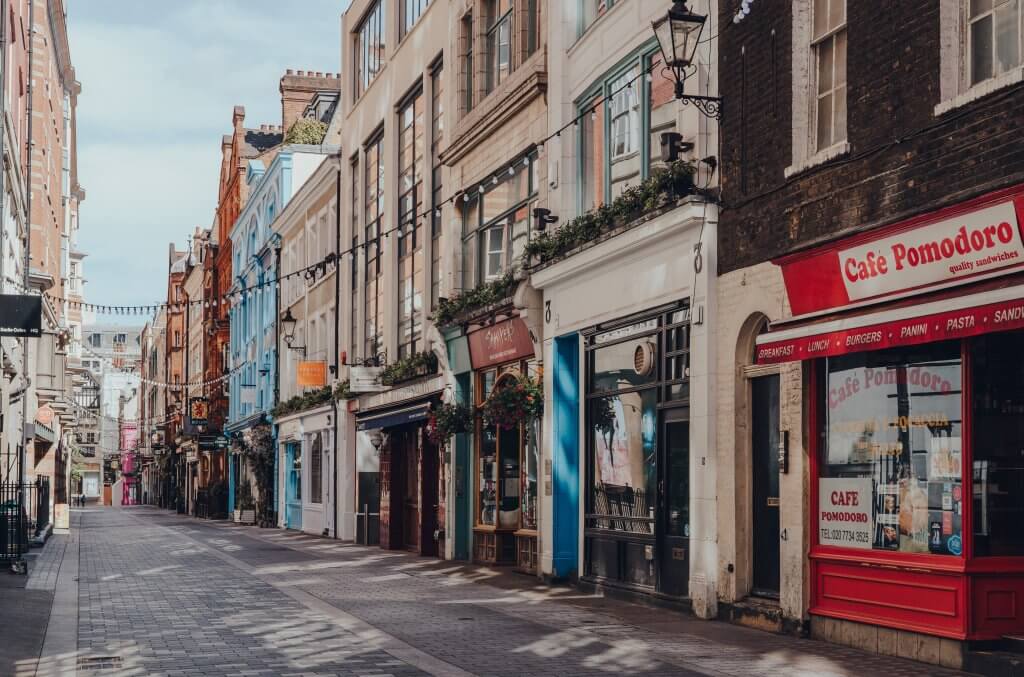Repurposing Retail Space – is this a golden opportunity for property investors?
Even before the COVID-19 pandemic, the UK had more retail space than it needed. Now with a huge rise in buying online during the pandemic and a number of high street stalwarts, such as Debenhams and Thorntons abandoning their bricks and mortar presence, there is likely to be more spare retail space than ever.
So what is going to happen to it all? While some of that space may end up being reused for other retail businesses, the shift to online shopping is not going to go away. There is therefore almost certainly going to be a significant amount of unused retail space that is ripe for repurposing. And this could represent a fantastic opportunity for property investors.
How can retail space be repurposed
For many developers, the most profitable option for repurposing vacant retail space would be to transform it into residential developments. Under current planning laws, this would require a change of use application, which can make things much more difficult, time consuming and expensive.
However, the government has proposed expanding the scope of Permitted Developed Rights to allow vacant retail space to be converted into residential use without the need for planning permission. While this proposed change is currently at the consultation stage, if Permitted Development Rights are expanded to cover retail units, this could be a gamechanger for property developers.
How does permitted development work?
Permitted Development Rights allow developers to carry out certain types of work without the need to apply for planning permission. Currently, the most common type of development work under Permitted Development Rights is the conversion of office space to residential space, which has been highly profitable for a number of developers.
Permitted Development Rights are granted by Parliament and supersede local planning processes. This means that, should Parliament decide to expand Permitted Development Rights to cover vacant retail space, local authorities would not normally be able to block the repurposing of retail space for residential use.
However, local authorities can make what is known as an ‘Article 4 direction’ restricting certain type of permitted developments in a specific area or at a specific site. Article 4 directions are only used where it is felt a development would affect the character of an area of acknowledged importance, so only applies in limited circumstances. In such cases, a developer may need to make a planning application for a type of development that would normally be covered by Permitted Development Rights.
How much UK retail space is available for repurposing?
One recent estimate suggests 1.4 million square metres of space could be set to hit the market. By comparison, 11.2 million square metres of new build residential space was added to the UK in the year to June 2020, given that there were 147,180 new build homes completed in the UK with an average size of 76 square metres.
It is thought that traditional department stores are one of the most likely types of retail property to come up for sale, with changing consumer habits meaning smaller and more specialist retailers are retaining their appeal, especially those in local high street locations. Debenhams and House of Fraser are the two highest profile victims of this trend.
These retail units often have prime locations in city centres and shopping centres, making them attractive prospects for redevelopment.
Speak to our Commercial Property team for property development legal advice
To discuss the legal side of a property development with our Commercial Property team, please get in touch with Rachael Spalton, Partner and Head of Commercial Property.
Please note the contents of this article are given for information only and must not be relied upon. Legal advice should always be sought in relation to specific circumstances.

